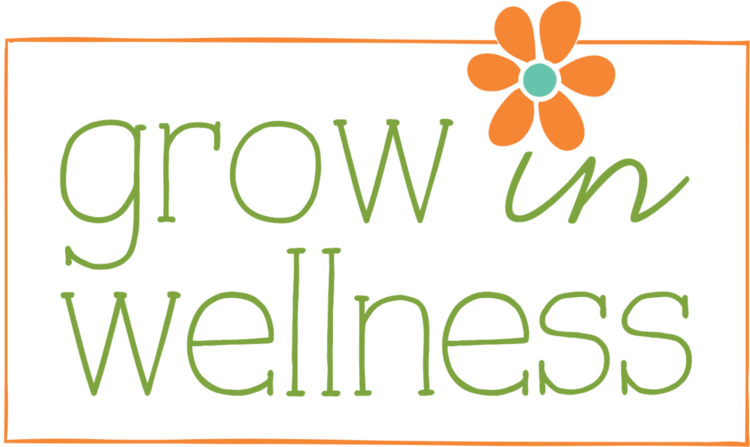Fall Favorites for Your Plate
I love Michael Pollan’s quote, “If it came from a plant, eat it; if it was made in a plant, don't. ” Eating seasonally and organically are two great ways to do that! And seasonal, organic, plant-based eating will also improve your health and help our environment. Each season brings its own bounty of delicious veggies to eat and this time of year, the fields are full of hearty, warming choices.
Sometimes it’s hard to know exactly what’s really in season when you go to the grocery store. You can find apples in summer and strawberries in winter, but they will have been grown far away, picked before their peak and then take days to get to your market. Foods that have been picked too early and travel long distances won’t look as pretty as the seasonal ones that grew to their peak. To make them look more appealing, they’re often treated with chemical ripening agents, wax coatings, and other preservatives. Their flavor and nutrient value has been diminished under those circumstances. Buying what’s in season and what’s grown locally will give you the healthiest, tastiest produce and will reduce your carbon footprint.
The freshest choices for produce, and probably at the best prices, are at your local farmer’s market. If you don’t have time to go to the farmer’s market each week or if there isn’t one close to you, look into CSA (Community Supported Agriculture) programs that deliver fresh produce to you. I get a customizable box twice a month for a great price and with the peace of mind that my produce is organic and grown locally.. Plus I sometimes get something new to try, like delicata squash. If you are in the Southern California area, check out the Farm Fresh to You service. What “something new” will you try this fall?
Here are five of my favorites for this fall (with a few recipe links):
Brussels Sprouts – a great source of vitamin C, antioxidants and potassium. They aren’t too tasty steamed, but roast a pan full of these, tossed with olive oil and diced pancetta, until they are a deep, golden brown and your taste buds will be happy (meat free option – substitute pancetta with chopped shallots).
Delicata Squash – new to you? It was to me until a year ago. This green striped squash is full of beta-carotene, delicate in flavor and easy to prepare. And the skin is so thin, you don’t need to peel it. Halve it and clean out the seeds. Then slice ¼ inch thick and roast with red onion, rosemary and a little sea salt.
Butternut Squash – A fall staple, this squash makes a wonderful soup for cold days. One of my favorite versions is by Ina Garten. You can find it here: Butternut Squash Soup
Cauliflower – This vegetable might not have a lot of color, but it does have a lot of nutrients: Vitamins B-6, C, K, folate, anti-oxidants and sulforaphane, a compound that has anticancer properties. Another veggie that tastes great roasted. Try this recipe by Emeril Lagasse: Roasted Cauliflower with Garlic and Lemon Juice.
Pears – This fruit comes in several varieties and while it’s delicious all on its own, it is just as good on a salad of mixed greens, Gorgonzola cheese, pecans and champagne vinaigrette as it is baked in a roasted pear crumble. (I substitute the brown and white sugar with coconut sugar).
Enjoy!
PS In case you were wondering, it's the cauliflower that I can eat like it's candy ;)















